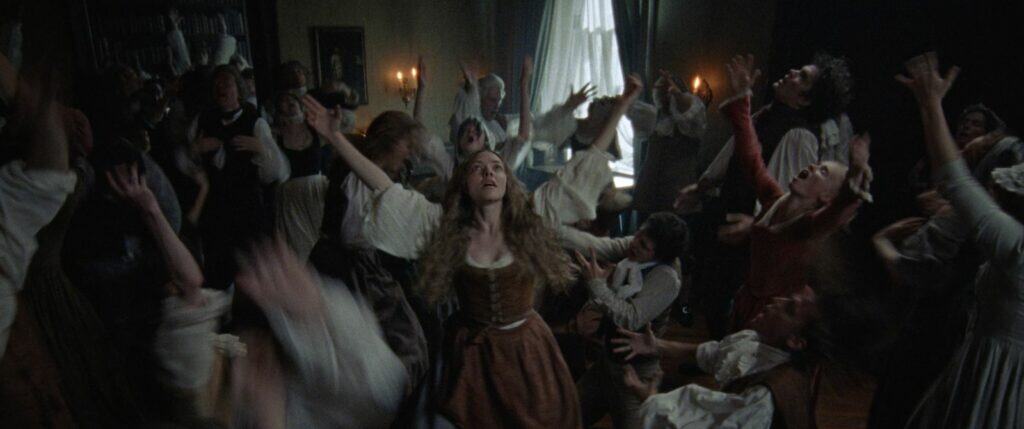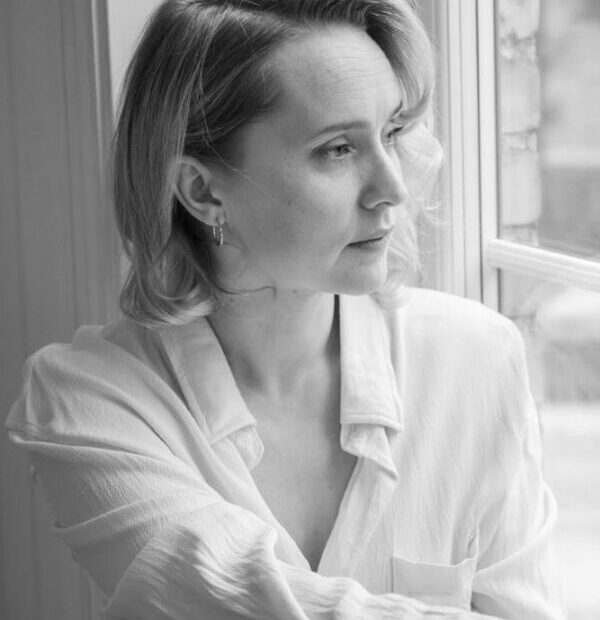The Testament of Ann Lee, or The Woman Clothed by the Sun, with the Moon Beneath Her Feet, as it is called, is the third film directed by Mona Fastvold. It was presented in the 2025 Venice Film Festival competition. According to the synopsis, it is an epic fable inspired by the life of Ann Lee, the founder of the Shakers, a radical religious movement that began in the late 1700s. The director adds that we are treated to “a speculative retelling of the life of Ann Lee, one of the few female religious leaders of the 18th century.”
Since the director comes from Norway, where religion is hardly part of the general culture, it is refreshing to see a work that treats a religious topic without mockery. One of the cornerstones of the Shaker movement was the concept of God as both male and female. We follow the titular character (Amanda Seyfried) from her early age to her death in 1784. Gender roles are an essential part of the film, and occasionally, the film slips into token feminism from a suspiciously modern lens. It is not too often, though, and not overtly annoying.
The Testament of Ann Lee is a musical?
Music and dance were crucial elements for the Shakers since they worship through ecstatic dance. Fastvold herself has a background in movement and dance. Daniel Blumberg, who won an Oscar for his score for The Brutalist, is on board here as well. The film has been described as a musical, but that is a simplification. The Shakers believed that holiness was achieved by giving up sexual relations, which made the rapturous dancing even more critical. My mind wandered to Miklós Jancsó, whose films became increasingly choreographed in the early seventies, culminating with Szerelmem, Elektra (1974). Unsurprisingly, Fastvold is no match for the Hungarian master, but the fact that the film brought him to my mind displays her ambitions.

Sound of Falling – The Musical?
It might feel lazy, but it is difficult not to compare The Testament of Ann Lee to last year’s The Brutalist. Fastvold and her husband, Brady Corbet, wrote and produced both films together. Substantial parts of the two works were shot in Budapest, and in a way, the overall feel is similar. I had a fair amount of reservations about Corbet’s film, and I didn’t enter this film with high expectations. I spoke with someone who had read the script beforehand, and he was not impressed, to put it mildly. The theme of female suffering might bring memories of Masha Schilinski’s Sound of Falling, but the latter is formally superior to Fastvold’s film.
Regarding the production, there is much to admire in the film. It is almost a textbook definition of “handsomely mounted”. The sets, by production designer Sam Bader, recreate Manchester and New York splendidly. The costumes are designed by Małgorzata Karpiuk, whose work was one of the saving graces of The Zone of Interest (2023). She created most of the garments worn in the film by hand, and they are all exquisite. The lensing by William Rexer in 35mm, blown up to 70mm, is, again, handsome. Still, the film is clearly overlong and doesn’t deliver much variety.
With all the considerable talent on display, something is still missing in the film, and like with The Brutalist, all the impressive elements rarely gel into a coherent form. There is a lack of comprehensive control over the film, despite Corbet stating that Fastvold had the final cut. The Testament of Ann Lee is one of the very few films in this year’s lacklustre terrible competition lineup that takes a wild swing and aims for something big. I don’t think that Mona Fastvold reaches everything she aims for, but it is easily one of the best films competing, and it is bound to win a significant award. I would rather rewatch Fastvold’s film than The Brutalist.
The Testament of Ann Lee

Director: Mona Fastvold
Date Created: 2025-09-04 02:48
3
Pros
- Handsomely mounted
Cons
- Too one note and repetitive
